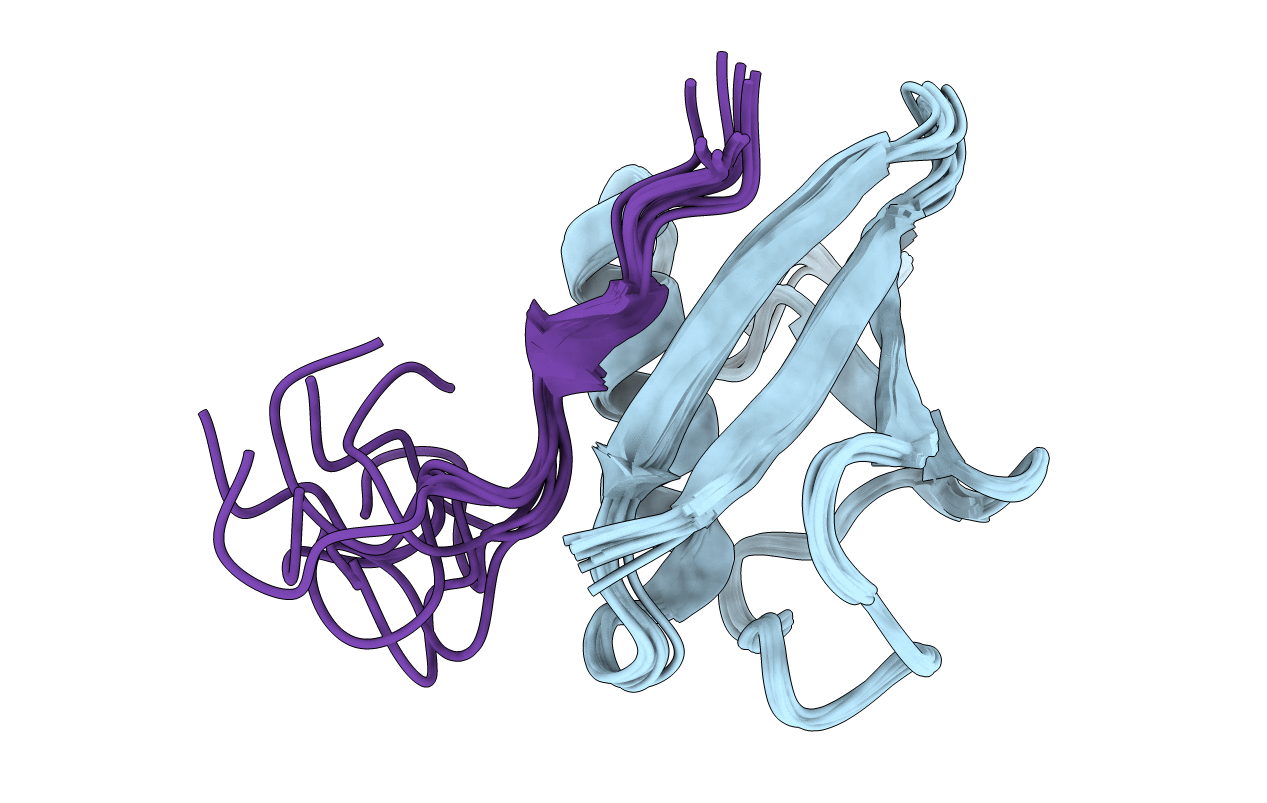
Deposition Date
2005-08-23
Release Date
2005-10-11
Last Version Date
2024-05-22
Entry Detail
PDB ID:
2ASQ
Keywords:
Title:
Solution Structure of SUMO-1 in Complex with a SUMO-binding Motif (SBM)
Biological Source:
Source Organism:
Homo sapiens (Taxon ID: 9606)
Host Organism:
Method Details:
Experimental Method:
Conformers Calculated:
10
Conformers Submitted:
10
Selection Criteria:
all calculated structures submitted


